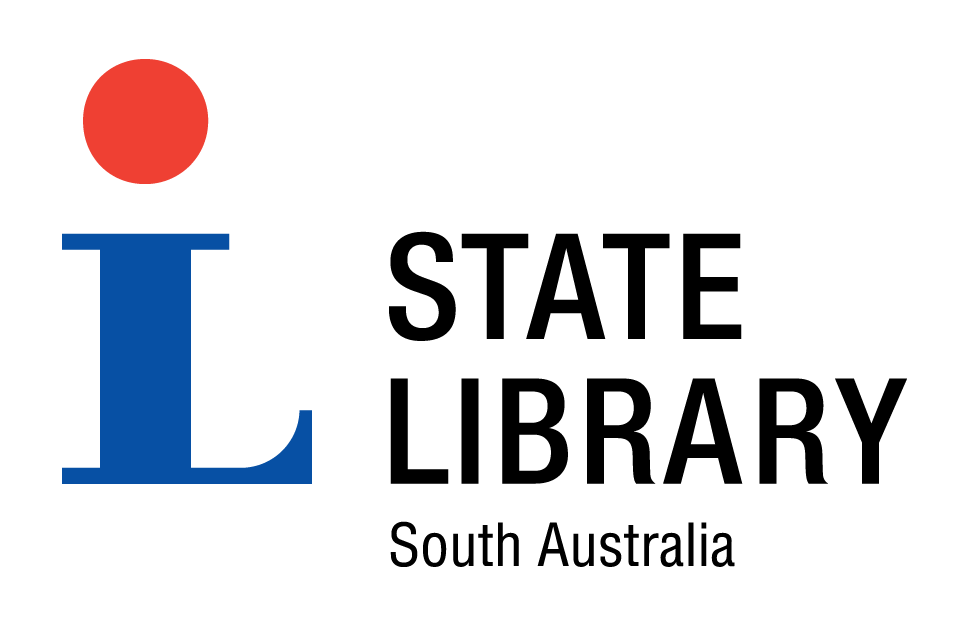
Expedition reaches Moses Creek |
|||
|---|---|---|---|
| Title : | Expedition reaches Moses Creek |

|
|
| Creator : | Lindsay, David, 1856-1922 | ||
| Source : | Parliamentary paper (South Australia. Parliament); no. 45 of 1893, p. 22 | ||
| Place Of Creation : | Adelaide | ||
| Publisher : | Government Printer | ||
| Date of creation : | 1893 | ||
| Format : | Magazine | ||
| Catalogue record | |||
| The State Library of South Australia is keen to find out more about SA Memory items. We encourage you to contact the Library if you have additional information about any of these items. | |||
| Copyright : | Reproduction rights are owned by State Library of South Australia. This image may be printed or saved for research or study. Use for any other purpose requires permission from the State Library of South Australia. To request approval, complete the Permission to publish form. |
| Description : |
On July 26 1891 the Elder Scientific Expedition's camels were given several gallons of water each. Lindsay the expedition's leader was concerned that it was the third rockhole they had emptied in three days. He also recorded that there were heated discussions among the camelmen when they were accused of using two buckets of water to wash their clothes, thus depriving the camels of that much more water. Larry Wells handed Lindsay the report of his flying trip and this was recorded in the official journal, commencing from 10 July. With two men besides himself, and five camels and with sufficient food for three weeks, Wells explored along a separate route from the main expedition, thus covering a considerably larger area than if only a single route had been followed. He also saw more evidence of Aboriginal people than the main party. Wells saw old and new tracks of Aboriginal people; evidence of where they had been digging for grubs and signs of recent camps. The country consisted of sand ridges, with flat country of mixed soil and gravel between, interspersed with limestone outcrops. There was also varied vegetation: casuarina, desert gums, acacia, spinifex and mulga. On 12 July Wells recorded many birds, including parrots and magpies and small marsupials. Tracks of kangaroos and emus were seen. By following the fresh tracks of Aborigines he found a rockhole holding about 100 gallons of water and was able to give the camels a drink. |
| Subjects | |
| Related names : | Lindsay, David, 1856-1922 Wells, L. A. (Lawrence Allen), 1860-1938 Elder Scientific Exploring Expedition, (1891-1892) |
| Coverage year : | 1891 |
| Place : | Moses Creek (WA) |
| Further reading : | Elder Scientific Exploring Expedition, (1891-1892) Journal of the Elder Scientific Exploring Expedition, 1891-2 under command of D. Lindsay North Adelaide: Corkwood Press, 1999 Facsimile edition of the handbook of instructions for the Elder Scientific Exploration Expedition, together with A study of incompatibles by K. Peake-Jones Adelaide: Royal Geographic Society of Australasia, South Australian Branch, 1991 Champion, George Australia's forgotten explorer: David Lindsay, F.R.G.S. Killarney Heights, N.S.W.: G. and S. Champion, c1993 Steele, Wilfred, To the great gulf: the surveys and explorations of L.A. Wells, last Australian explorer 1860- 1938 Blackwood, S.A.: Lynton, [1978] Stevens, Christine, Tin mosques & ghantowns: a history of Afghan cameldrivers in Australia Melbourne : Oxford University Press, 1989 |
| Internet links : | |
| Exhibitions and events : | State Library of South Australia: Mortlock Wing. Taking it to the edge August 2004- |


